Stuart Forster lists an A to Z of reasons to visit the Netherlands, a list of 26 ideas for day trips from Amsterdam.
Disclosure: Some of the links and banners below are affiliate links, meaning, at no additional cost to you, I will earn a commission if you click through and make a purchase.
Most of the international visitors who travel to the Netherlands do not explore beyond Amsterdam. As the Dutch capital is my first entry in this A to Z of reasons to visit the Netherlands, I sincerely hope that behaviour isn’t replicated here.
There are, of course, many other Dutch destinations that warrant visiting. I have travelled extensively in the Netherlands. I studied on exchange at the University of Leiden and return to the country frequently. In March I was named the Travel Writer of the Decade at the 2020 Netherlands Press Awards. Here’s an overview of the reasons why I think the Netherlands makes an enjoyable place to visit and spend time.
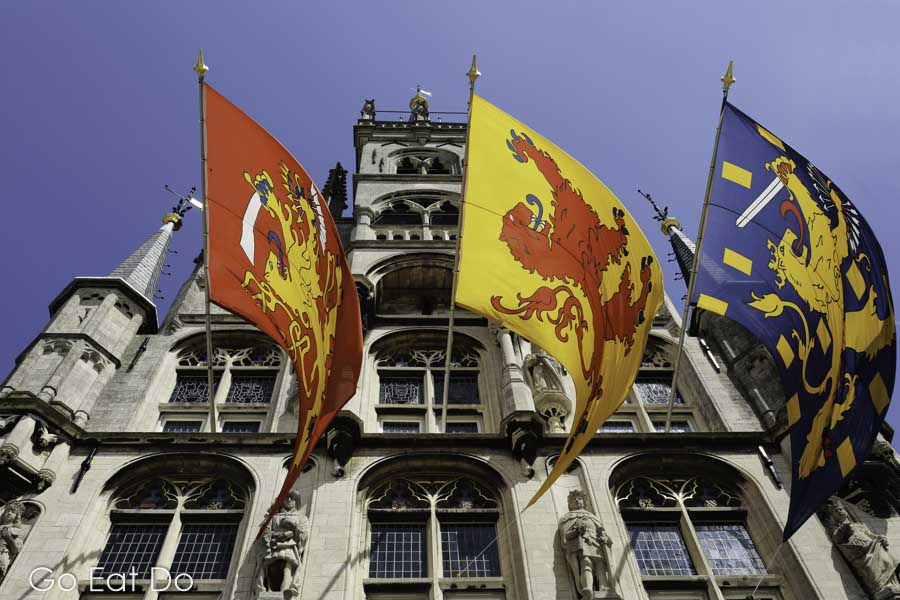
Travel destinations and tourist attractions in the Netherlands
If you’re looking for ideas about the best places to visit in Holland and elsewhere in the Netherlands, I hope this A to Z will provide you with travel inspiration. As you’d expect of travel tips for the Netherlands, it includes top tourist attractions such as popular Dutch art museums as well as off-the-beaten-track destinations, places to eat and drink plus a peppering of cultural insights.
I thought why include an overview of just 10 top tourist attractions in the Netherlands when the country has so many more things to do and see? As a frequent visitor, I rate Amsterdam among the Netherlands’ top travel destinations but the country has much to see and do beyond its capital city:
A is for Amsterdam
Amsterdam’s excellent transport links, breadth of attractions and reputation as a fun place to visit make it a popular place to visit. Prior to the coronavirus lockdown, the capital city of the Netherlands was making headlines because of its overtourism. It has, in effect, become a victim of its own success as a tourism destination.
The city’s world-class museums, including the Hermitage Amsterdam and Rijksmuseum, mean the Dutch capital holds a strong appeal to heritage- and culture-loving travellers.
Food tours are another way of getting to know the city and Dutch culture:

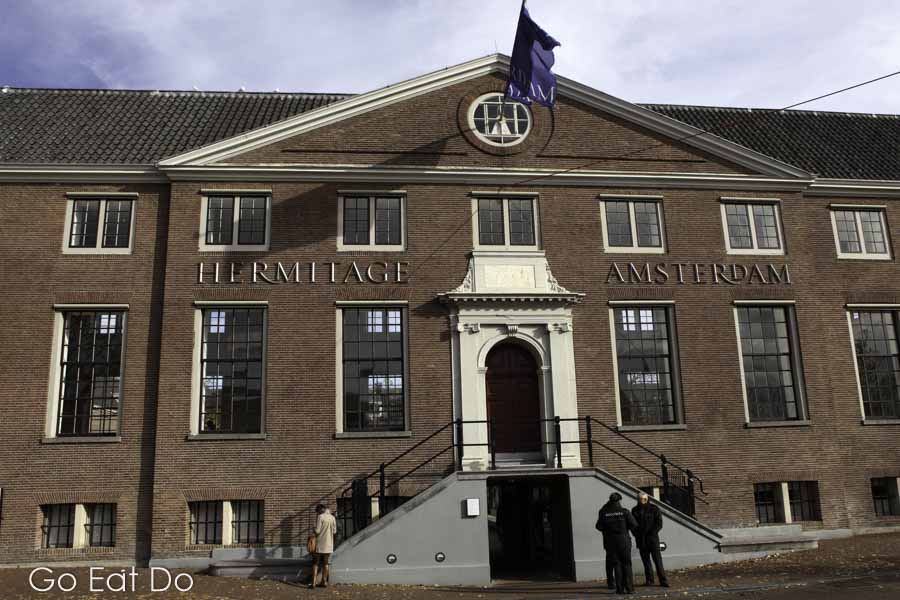
B is for Breda
Breda is an attractive city in Noord-Brabant, about an hour by train from Amsterdam. The province’s people have a reputation for partying during the Carnival season and enjoying food and drink. You can dine at cafes and restaurants looking out onto the Grote Markt, the cobbled marketplace in the heart of the city.
To orientate, climb the spiral staircase in the tower of the Grote Kerk, the church that’s the city icon. The 15th-century building holds tombs of the ancestors of King Willem-Alexander, the current Dutch monarch.
If you enjoy beer, plan a visit to De Beyerd. It’s a traditional Dutch beer café and the staff has recommended some outstanding beers to me during my visits.
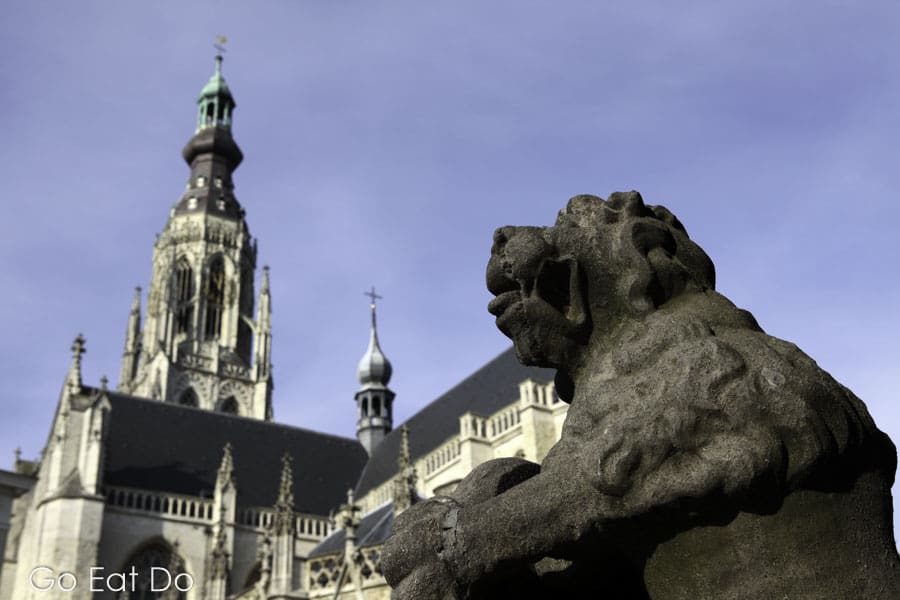
C is for coffeeshop
Many tourists visit the Netherlands for the coffeeshops, where cannabis is sold for personal consumption. To be honest, this is a scene that doesn’t appeal to me.
There are many other reasons why I think the country is a smoking hot travel destination:
The tolerant and progressive approach of many Dutch people to societal issues is one of the things that I appreciate about the Netherlands.
If you want a coffee, head to a cafe!
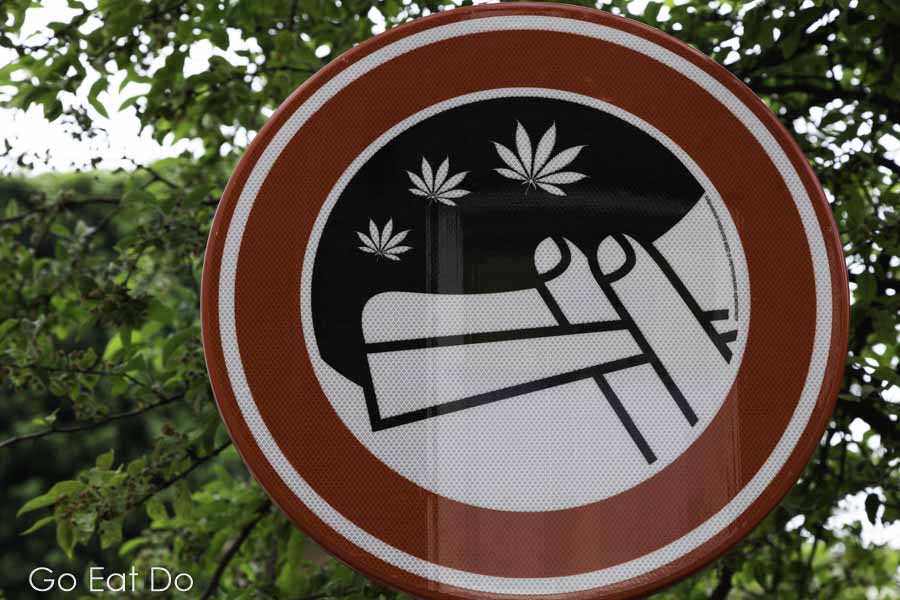
D is for De Stijl
Art museums in the Netherlands frequently impress me with their well-curated, accessible exhibitions. They tend to do a grand job of contextualising the significance of artists and their works.
The De Stijl movement flourished in the early 20th century, from 1917 onwards. Its artists, architects and designers shared the objective of positively influencing society. It existed in parallel to the Bauhaus and Constructivism movements.
De Stijl’s key characters include Theo van Doesburg, the founder of De Stijl magazine, designer Gerrit Rietveld, architect J.J.P. Oud plus the artists Piet Mondrian and Bart van der Leck.
The Kunstmuseum Den Haag, in The Hague, Museum Dr8888 in Drachten and the Kröller-Müller Museum at Otterlo count among the museums to visit to get a better understanding of De Stijl.
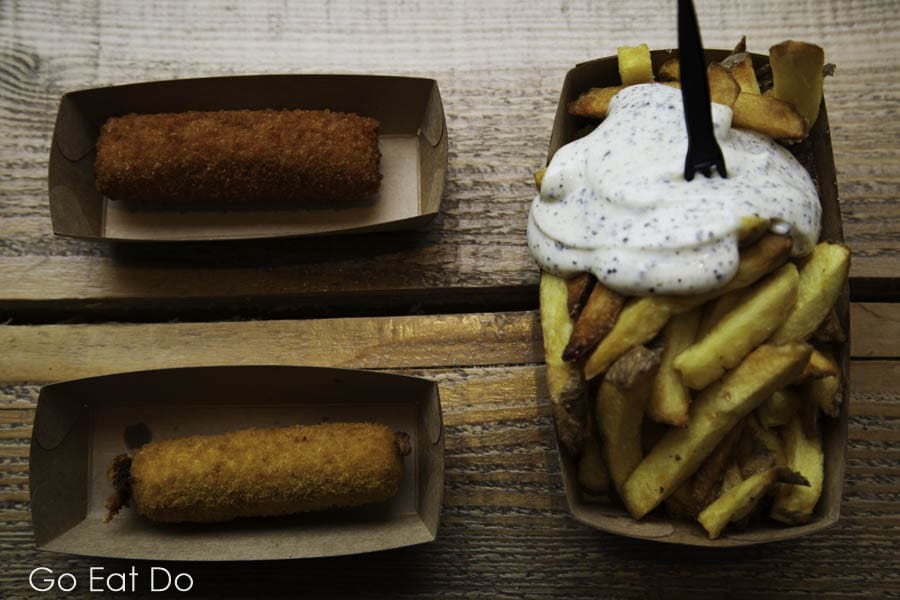
E is for the Elfstedentocht (11 Cities Tour)
Waterways once provided the fastest way of travelling and carrying freight between the cities of Friesland, in the north of the Netherlands. Several of those urban centres, such as Bolsward and Workum, today feel more like large villages than modern cities. They make please places to stroll.
The canals that connect Friesland’s 11 historic cities are celebrated as being the course of the Elfstedentocht, a long-distance ice-skating event whose name means ’11 Cities Tour’ in English.
The mass-participation event has not been held since 1997. Ice along the waterways needs to be 15 centimetres thick for the race to take place.
Dutch passion for Elfstedentocht is remarkable. It’s an event I’d love to visit the Netherlands to see.

F is for Friesland
Leeuwarden, the provincial capital of Friesland, is a two-and-a-half-hour train journey from Amsterdam. With plenty of bars and restaurants, plus a leaning tower that’s less well-known than Pisa’s, the city makes a good staging post before exploring further. If you’re looking to experience the Netherlands off the beaten track then it’s seriously worth considering making a trip to Leeuwarden and elsewhere in Friesland.
The attractive city was the birthplace of the person who became better known as Mata Hari. The Frisian Museum tells the story of the province and the resistance movement of 1940-45.
Initially, I considered including football under ‘F’ as a homage to the beautiful, technically fluid play of the best Dutch teams. Who hasn’t spent hours with a football perfecting a Cruyff turn?
I find attending sporting events a great way of gaining insights to places and have enjoyed attending matches at Feyenoord’s impressive stadium, De Kuip, in Rotterdam. Why not look into acquiring a ticket to a game in the Eredivisie, the top Dutch league, once normality returns following the coronavirus?
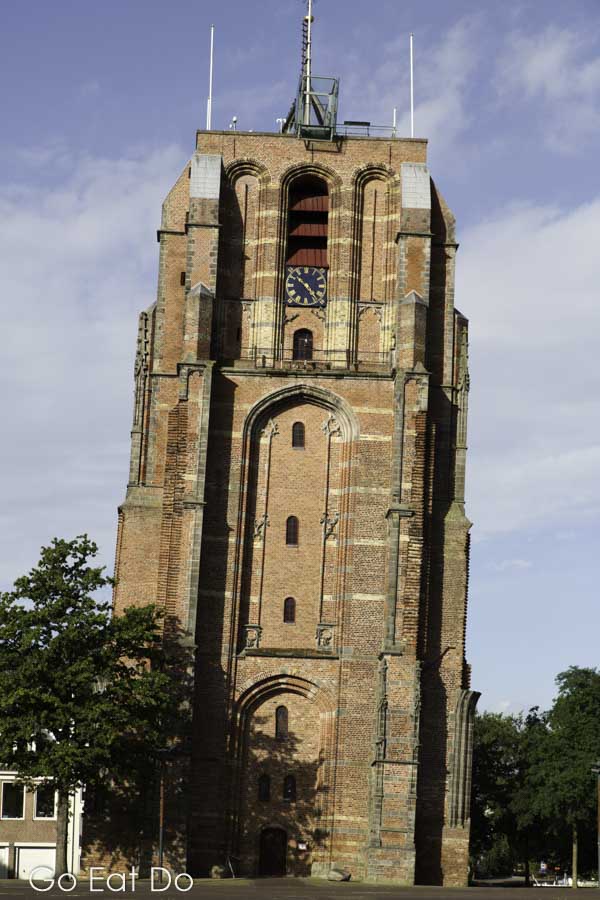
G is for Groningen
Groningen is both a city and a province. The city is a little over three hours’ train ride from Amsterdam and well worth making the effort to visit. Plan a couple of minutes to look at the ornate details in the impressive hall of Groningen’s station.
The Groninger Museum, across the road from the station, is an eclectic architectural agglomeration. The architects of the waterfront building include Philippe Starck. The permanent exhibition on Delftware and porcelain is particularly well designed.
De Drie Gezusters, which claims of being Europe’s biggest pub, looks out onto the Grote Markt. If you enjoy well-presented food, head to the Brasserie Midi for dinner.
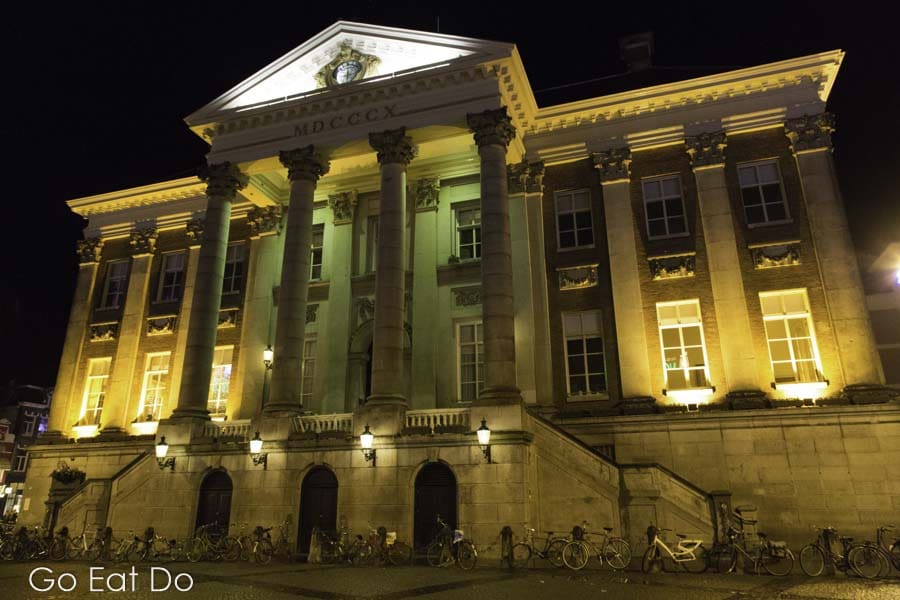
H is for Haarlem
Haarlem is a city with a compact, historic core and less than 15 minutes’ train ride from Amsterdam’s Central Station.
Cultural highlights include the Frans Hals Museum, named after one of the great artists of the Dutch Golden Age. The long-established Teyler’s Museum holds an extensive natural history collection.
Eating Europe operate a guided walking tour, A Taste of Life in Haarlem (£), whose focus is on traditional Dutch food and drink.
For me, the ideal city break involves striking a balance between visiting cultural attractions and enjoying local food and drink. Even if you’re not into craft beer, the Jopen Brewery, a micro-brewery in a former church, is a good spot to unwind and sample traditional Dutch snacks.
Like the idea of ordering food and drink at a rooftop restaurant? The terrace of DeDakkas offers views towards the St Bavokerk, the church whose gilded tower rises over Haarlem’s marketplace.
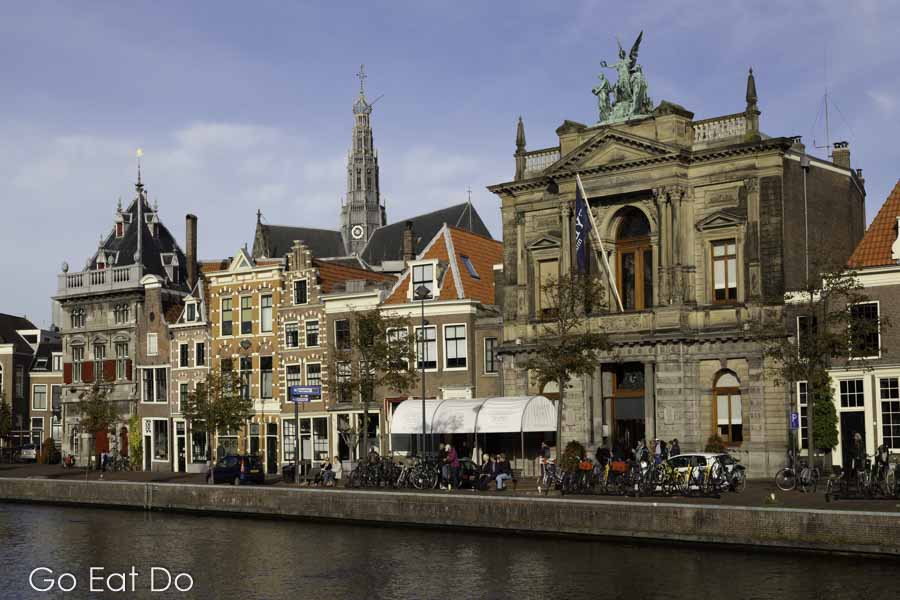
I is for Ijmuiden
DFDS’s Newcastle – Amsterdam ferry actually sails between North Shields and Ijmuiden. Travelling to the Netherlands by ferry is a viable alternative to flying or travelling by train.
The island fortress that guards the entrance to the Dutch port was constructed in the 1880s. It was subsequently incorporated into the Atlantic Wall defending Nazi-occupied Europe.

J is for Jordaan
The Jordaan is a residential district of Amsterdam, 15 minutes’ walk from the city’s central railway station.
In the late 19th century the rebellious tendencies of its inhabitants made the Jordaan infamous. It’s now a desirable place to live.
The once popular sport of palingktrekken (eel pulling) sparked a deadly riot in 1886. What happened is described in detail on Eating Europe’s Jordaan Food Tour. Pausing to sample local delicacies during a walking tour is an insightful and leisurely way of getting a taste of the Jordaan’s heritage.
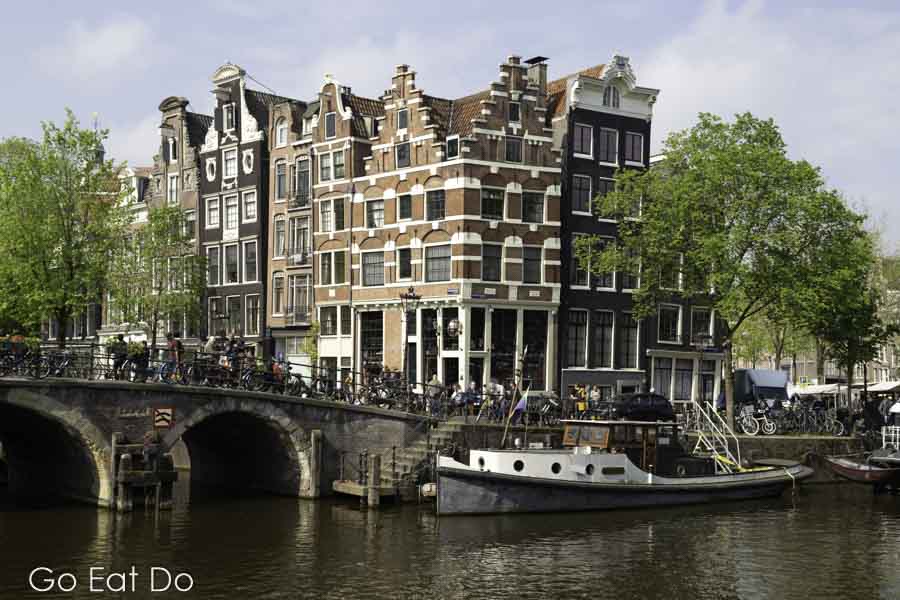
K is for King’s Day
King’s Day (Koningsdag) is a national holiday celebrated on 27 April, the birthday of King Willem-Alexander.
Anticipate expect partying on the streets, people selling unwanted items at flea markets and lots of people wearing orange.

Looking to get away? Plan a trip using Booking.com:
Booking.com
L is for Limburg
Limburg, the Netherland’s southerly-most province, is the location of the narrowest point in the country. Wedged between Belgium and Germany, the countryside around Echt measures just three miles (4.8 kilometres) across.
Pierre Cuypers, the architect who designed Amsterdam’s central railway station and Rijksmuseum, was from Roermond. A memorial stands in his honour on Munsterplein.
In 1992 European leaders gathered in Maastricht to sign the Treaty on European Union. If you enjoy drinking coffee and visiting bookshops, pop into the Boekhandel Dominicanen, a converted church with a café.
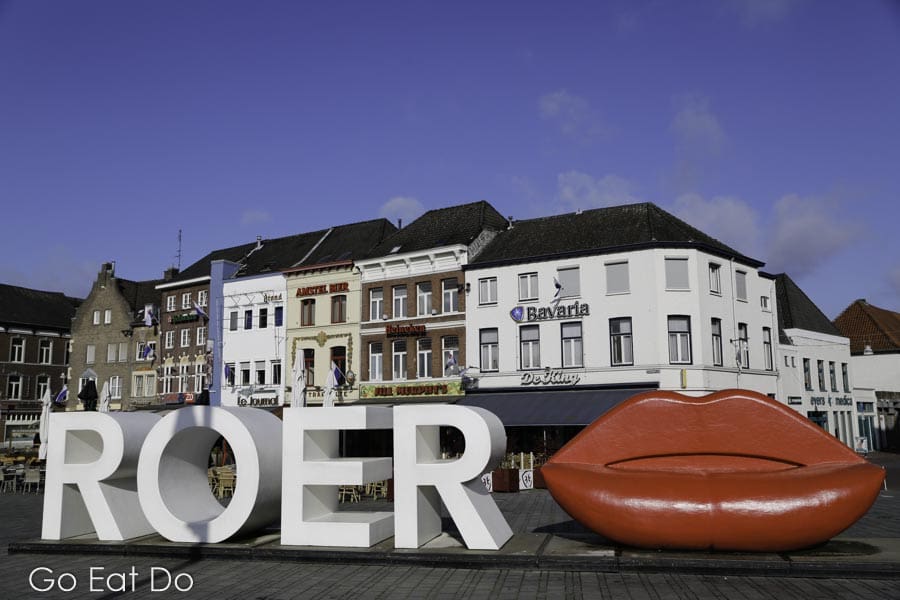
M is for Mondrian (or Mondriaan)
Artist Piet Mondrian lived from 1872 to 1944 and is renowned for his compositions featuring blocks of colour. He was one of the key members of the De Stijl movement.
Mondrian was born in Amersfoort. The building in which he was born is today known as the Mondriaanhuis (the Mondrian House). It hosts a compact museum conveying the story of his life and works.
The artist dropped an ‘a’ from his surname in 1911 because he thought it gave his name a more international appeal.
The collection of Mondrian’s works at the Kunstmuseum De Haag shows how his style evolved from early landscapes to his unfinished masterpiece, Victory Boogie Woogie.
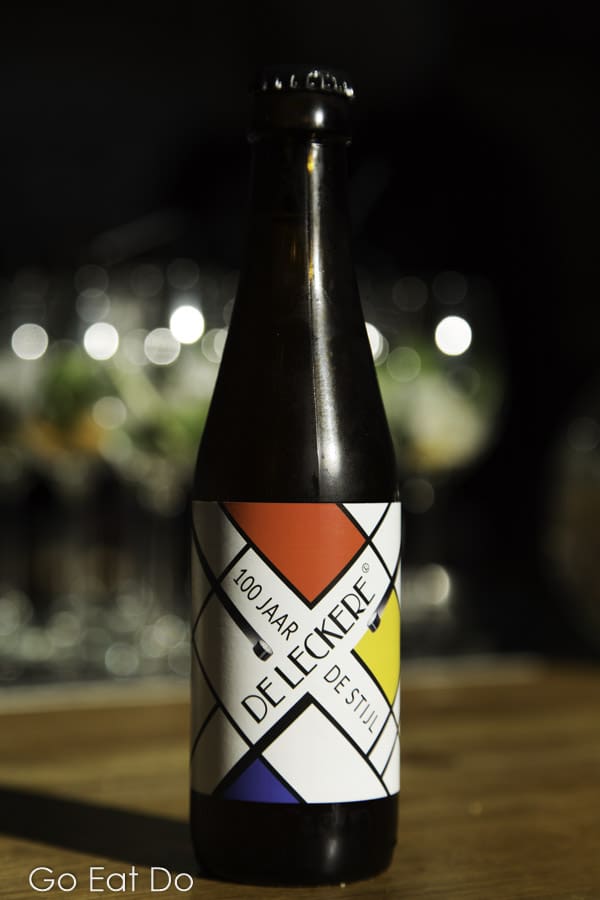
N is for Nuenen
Vincent van Gogh lived in Nuenen from 1883 to 1885, producing approximately a quarter of his works. It was a formative time in his development as an artist. Several of the scenes he depicted are still discernable. I found it remarkable to stand viewing buildings and landscapes knowing that Van Gogh painted at precisely the same spot.
Van Gogh fell in love with a neighbour while in Nuenen and painted one of his masterpieces, The Potato Eaters. The story of both, and why Vincent came to live in Nuenen, is told in the Museum Vincentre.
One way of reaching Nuenen is by cycling five miles (7.5 kilometres) from Eindhoven. The route encompasses the Van Gogh-Roosegaarde Cycle Path, which sparkles at night, inspired by Van Gogh’s painting, The Starry Night.
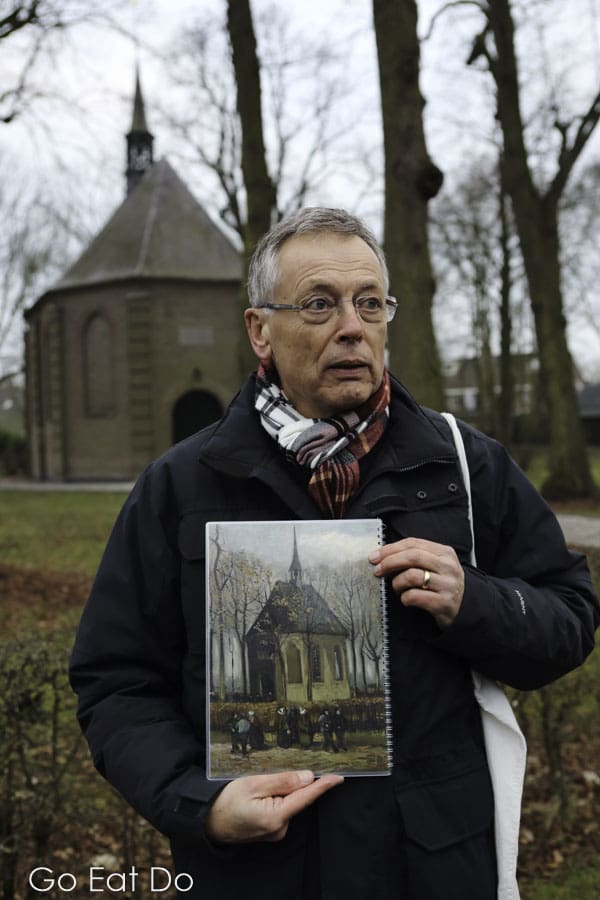
O is for Orange
Several members of the House of Orange-Nassau have played significant roles in Dutch history. William the Silent, also known as William of Orange, was the figurehead of the Dutch revolt against Spanish rule in the 16th century.
He was gunned down in Delft. The bullet holes can still be seen in a wall at what is today the Museum Prinsenhof Delft.
As a tribute to his role as the father of the nation orange became the national colour. Dutch agriculturalists were early adaptors of scientific methods and, remarkably, carrots were cultivated from purple to orange. Watch the Dutch football team and you’ll see its army of fans wearing orange.

P is for Poffertjes
Truly experiencing a destination means sampling local delicacies. In the Netherlands, they include poffertjes — spongy little pancakes dusted with powdered sugar.
Look out for stroopwafels, a type of caramel-filled biscuit that can be balanced on top of a cup of coffee to make the filling gooey. They originate in Utrecht, which is one of the Dutch cities that hosts a weekly cheese market during summer months.
If you like deep-fried battered fish keep your eyes open for kibbeling — bite-sized chunks of fish served with dipping sauce.

Q is for Queen’s Day
At one point I thought this A to Z of reasons to visit the Netherlands was doomed. To be honest, I was struggling to come up with an entry under ‘Q’.
Queen’s Day was the forerunner of King’s Day. It was celebrated on 30 April until 2013, when Queen Beatrix abdicated and King Willem-Alexander became the monarch.
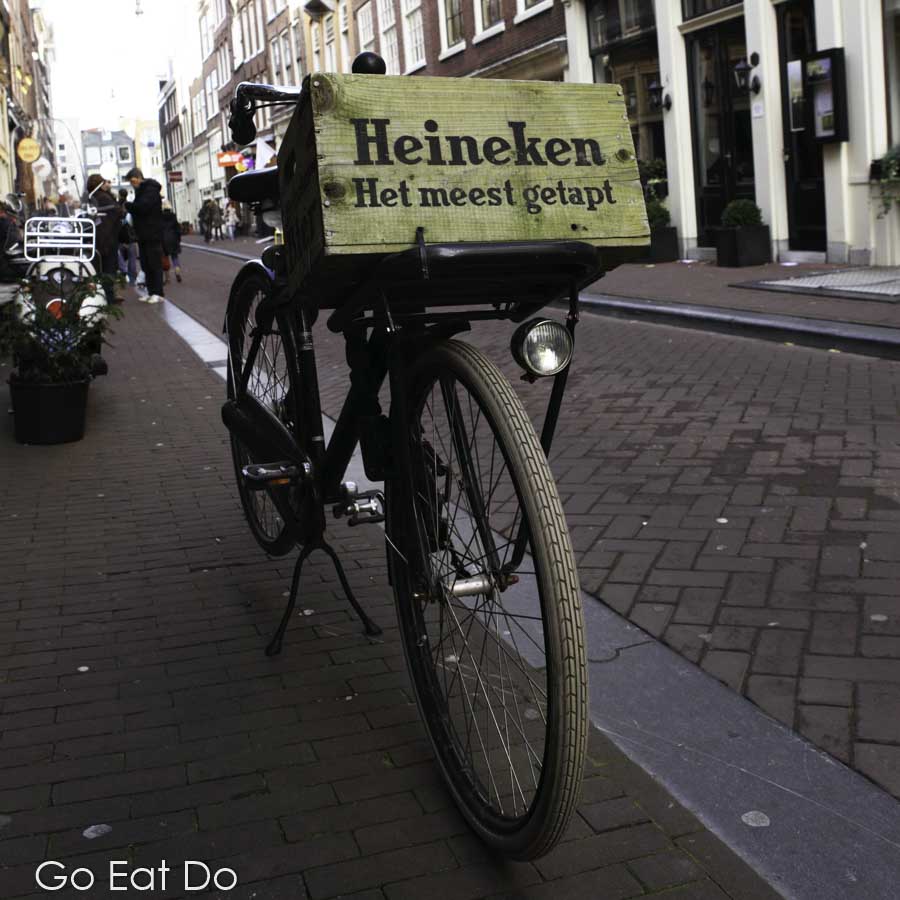
R is for Rotterdam
The Netherlands’ second city is a great place to spend time if you enjoy viewing modern and contemporary architecture.
Join a tour of the Van Nelle Factory to discover fascinating details about the design of the Functionalist building that is today a UNESCO World Heritage Site.
The Museum Boijmans Van Beuningen, a museum whose expansive collection of art and applied designs spans from the medieval period to today, is undergoing major redevelopment. It stands in Rotterdam’s Museumpark, which hosts several other outstanding visitor attractions.

Crossing the river means you’ll be able to visit the Nederlands Fotomuseum (Dutch Photography Museum).
Browse stalls at the Markthal, whose ceiling displays the country’s biggest artwork, for food and drink.
S is for Schiedam
Schiedam is the location of the tallest traditional windmills in the world and just a matter of minutes, on public transport, from central Rotterdam.
It’s also a hub for distilling. Schiedam’s location was ideal for delivering the raw materials and then shipping barrels of grain-based spirit to ports around the world.
Jenever, the Dutch forerunner of gin, is still produced at the likes of the Nolet and De Kuyper in Schiedam. The National Jenever Museum tells the story of the spirit and its marketing.
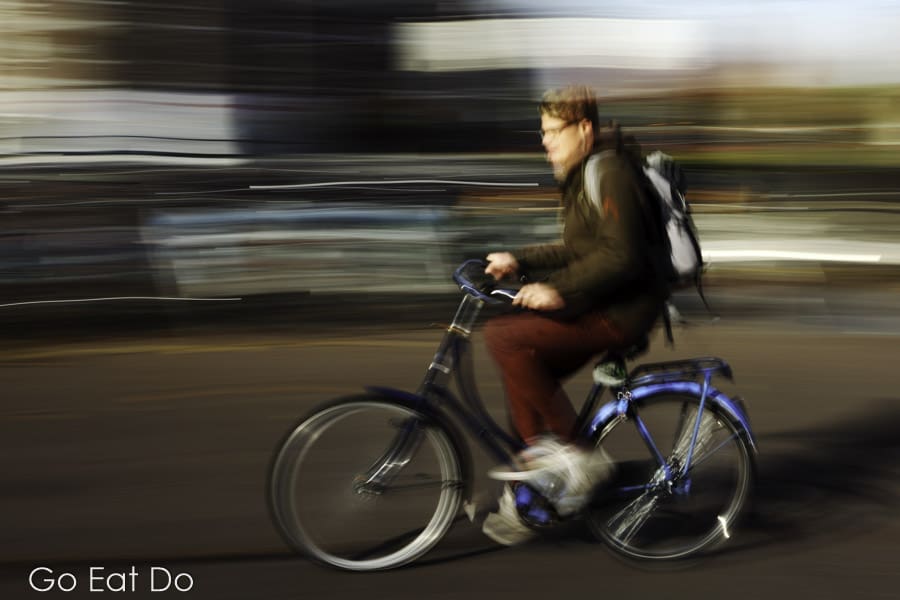
T is for Texel
Visiting an island such as Texel, in the Wadden Sea, means an opportunity to stroll on sand dunes, observe migratory birds and buy locally produced cheese made using sheep’s milk.
It’s a reminder that there are more dimensions to the Netherlands than merely its mainland. Many people forget that the nation’s highest point is technically Mount Scenery (887 metres / 2,910 ft) on the island of Saba in the Caribbean Sea. The highest point on the mainland is the Vaalserberg (322 metres / 1,058 ft), in the country’s south.
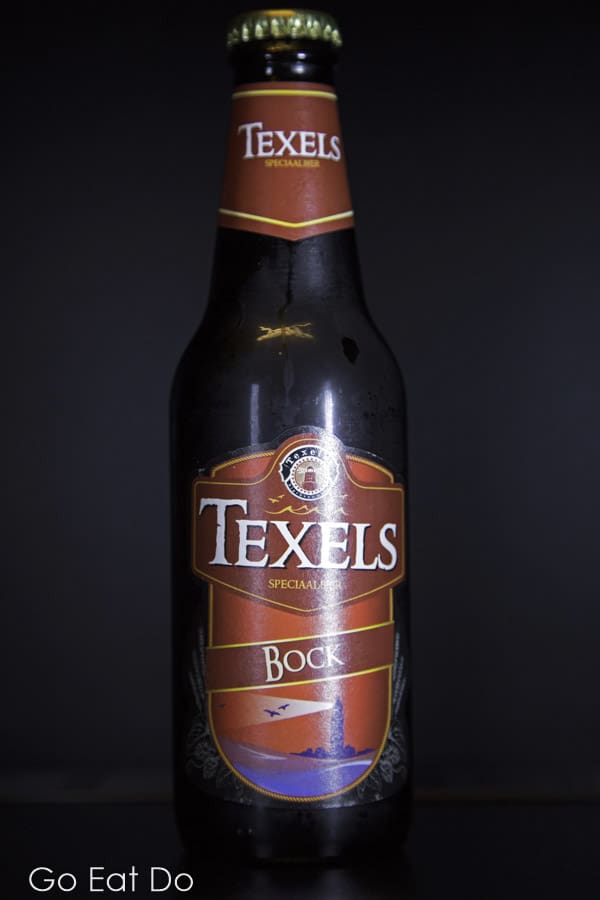
U is for Utrecht
The city of Utrecht is a hub for the Dutch rail network and a viable base for day trips across much of the country.
Test your fitness by climbing the 465 steps of the city’s Dom Tower. The Gothic bell tower offers outstanding views over central Utrecht and the surrounding countryside.
Looking at the Rietveld Schröder House, a UNESCO World Heritage Site, you may be surprised to learn it was designed back in 1924.
Check out the bars and restaurants in the vaulted cellars by the canals in the centre of the city. For a steak and a decent choice of ales, try Beer and Barrels.
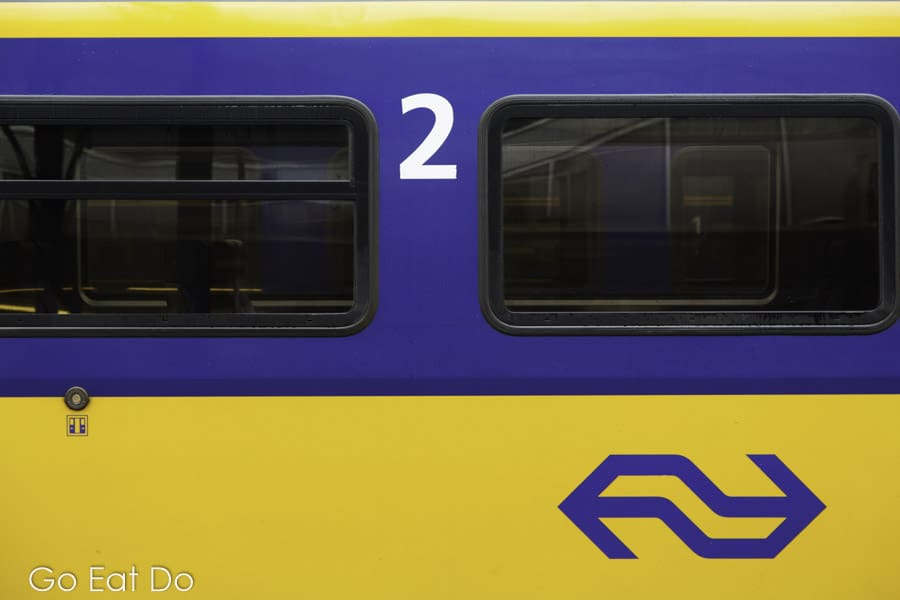
V is for Van Gogh
Now regarded as a genius, Vincent van Gogh sold just one of his paintings during his lifetime. To see that one, The Red Vineyard at Arles, you’ll need to visit the Pushkin State Museum of Fine Arts in Moscow.
View the largest collection of his works at the Van Gogh Museum in Amsterdam. Book tickets online and reserve a time to visit.
The world’s second-largest collection of Van Gogh works is displayed at the Kröller-Müller Museum. (If you visit in fine weather it’s worth knowing that you can borrow a free-to-use bicycle and ride in the Hoge Veluwe National Park.)
Van Gogh’s beautifully written letters provide insights into his mind and creative processes. The book Vincent van Gogh: A Life in Letters is available from Amazon:

W is for Windmills
Along with wheels of cheese and wooden clogs, windmills are something of a stereotype in the depiction of the Netherlands.
You can view windmills and other historic wood-built buildings during a day trip to Zaanse Schans near Zaandam. The Zaans Museum tells the story of Dutch traditions. Visiting windmills such as De Kat and De Zoeker conveys the diverse uses of mills in bygone times, including managing the water level, grinding foodstuffs and crushing minerals for building materials.
Similarly, stepping inside the Adriaan Windmill in Haarlem provides insights into the functioning of wind-powered mills.
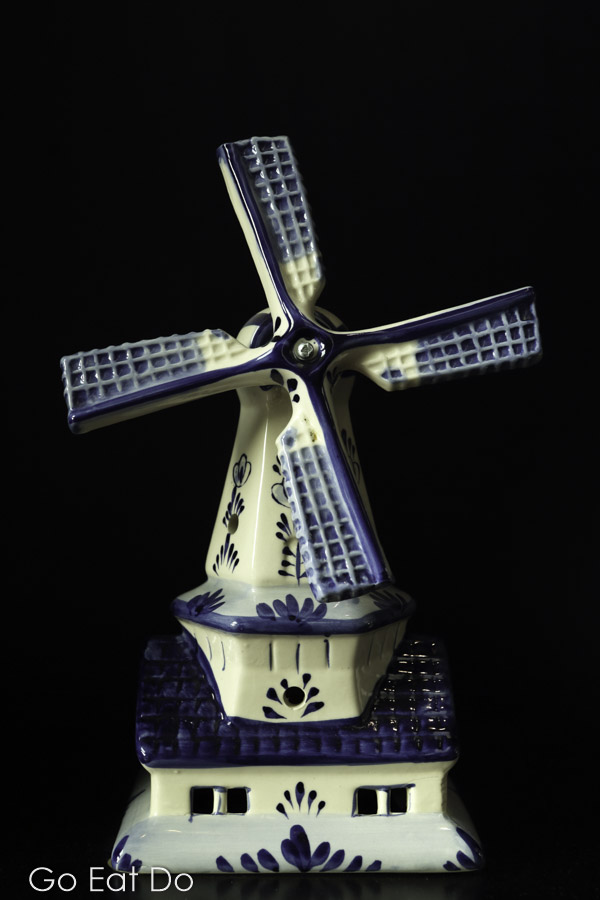
X is for X-rated action
X-rated action isn’t something I’m actively promoting — another of the challenges of writing this A to Z of reasons to visit the Netherlands was creating an entry under ‘X’.
Clubs promoting sex shows in Amsterdam’s De Wallen district cater to visitors from around the world. Prostitution is legal in the Netherlands and the area counts among the planet’s most famous red-light districts.
If you do visit a red-light district, remember to be to be respectful. Gawping at sex workers standing in windows is discouraged and photography is prohibited.
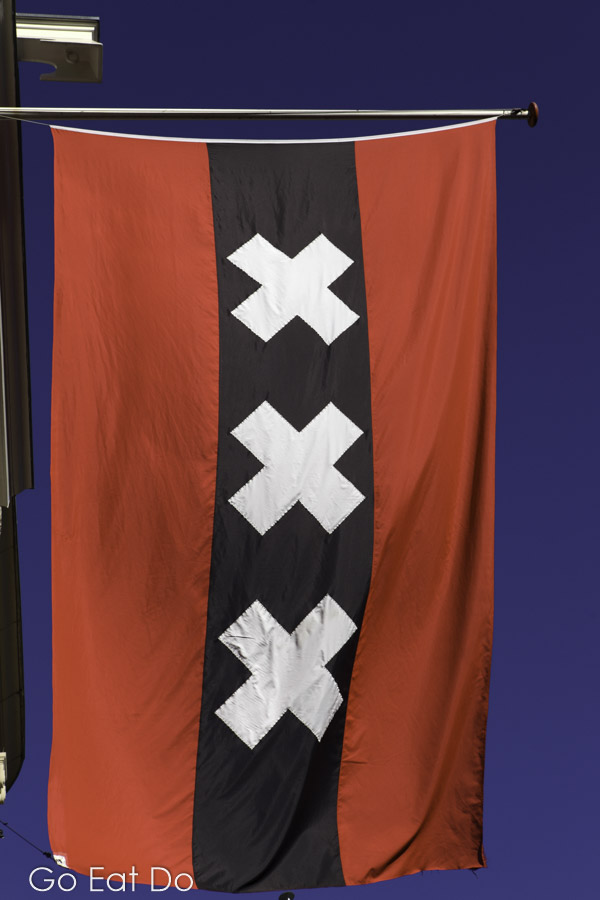

Y is for Yde
Yde is a village in the province of Drenthe.
Why include Yde in your A to Z of reasons to visit the Netherlands, you may ask? The honest answer is there aren’t many places whose names begin with a ‘Y’.
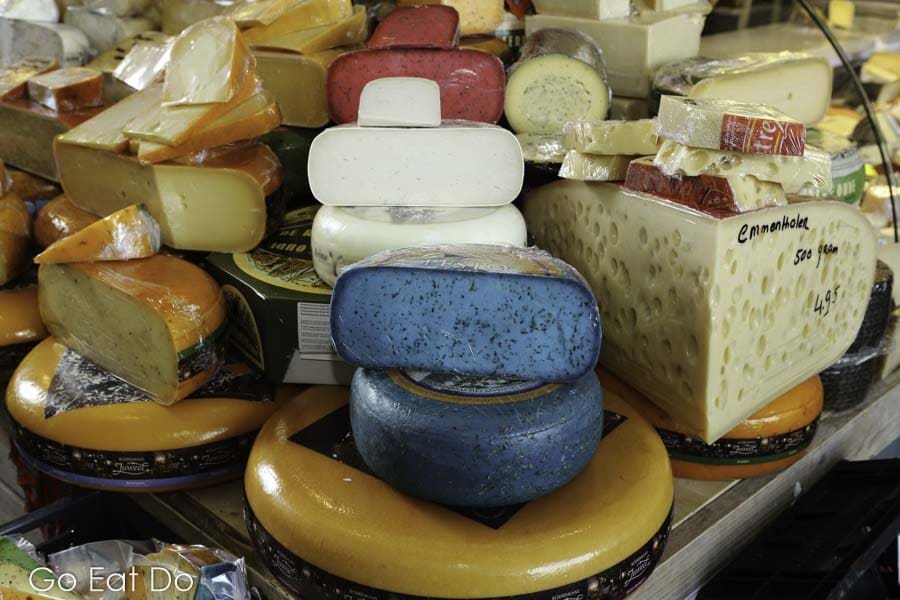
One thing I really do advocate about the Netherlands is getting off the beaten track and exploring places that you may not have heard much about. The fortress at Naarden, the city centre of ‘s-Hertogenbosch and the gardens of Het Loo Palace, near Apeldoorn, count among destinations that warrant exploring.
Enter the location where you want to stay and dates of travel to search for accommodation in the Netherlands using Booking.com:
Booking.com
Z is for Zwijndrecht
Artists including J.M.W. Turner were drawn to Zwijndrecht because of its light and perspectives of the island city of Dordrecht.
You can view several of the land- and cityscapes created along the Zwijdrecht riverside in the Dordrechts Museum, one of the Netherlands’ longest-established art museums.
One of the most enjoyable ways to see Dordrecht from the Zwijndrecht riverbank is to take a boat tour. Imbarcazione Barone operates tours that include refreshments lowered into the vessel from the rear window of a café that backs onto a canal.
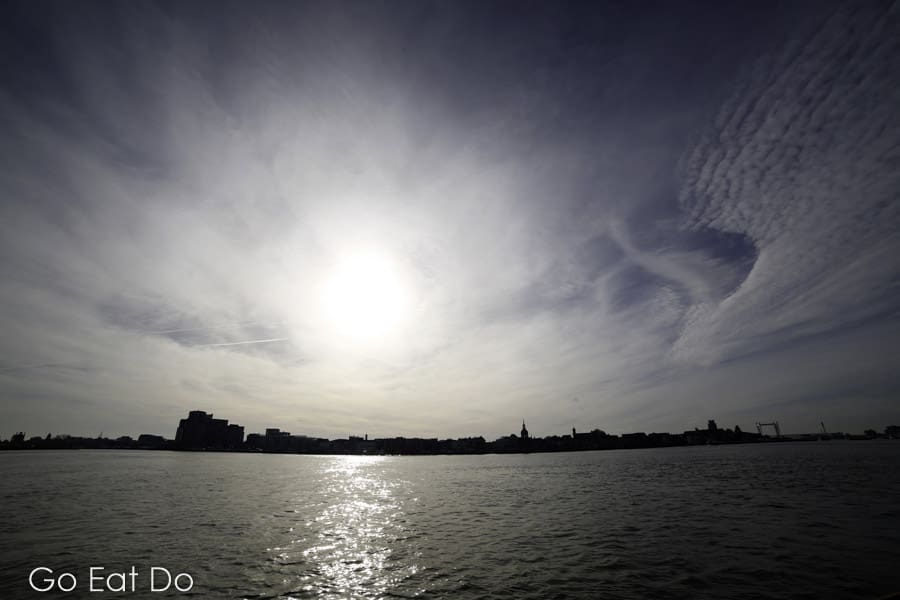
Further information
See the Netherlands website to find ideas for things to do and see across the country.
Stuart Forster, the author of this post, was named Travel Writer of the Year at the Netherlands Press Awards of 2020. Stuart studied at the University of Leiden and has been named Journalist of the Year three times at the Holland Press Awards.
Photos illustrating this post are by Why Eye Photography.
If you enjoyed this post why not sign up for the free Go Eat Do newsletter? It’s a hassle-free way of getting links to posts on a monthly basis.
To see more from Go Eat Do, please consider liking and following the Go Eat Do Instagram and Facebook pages.
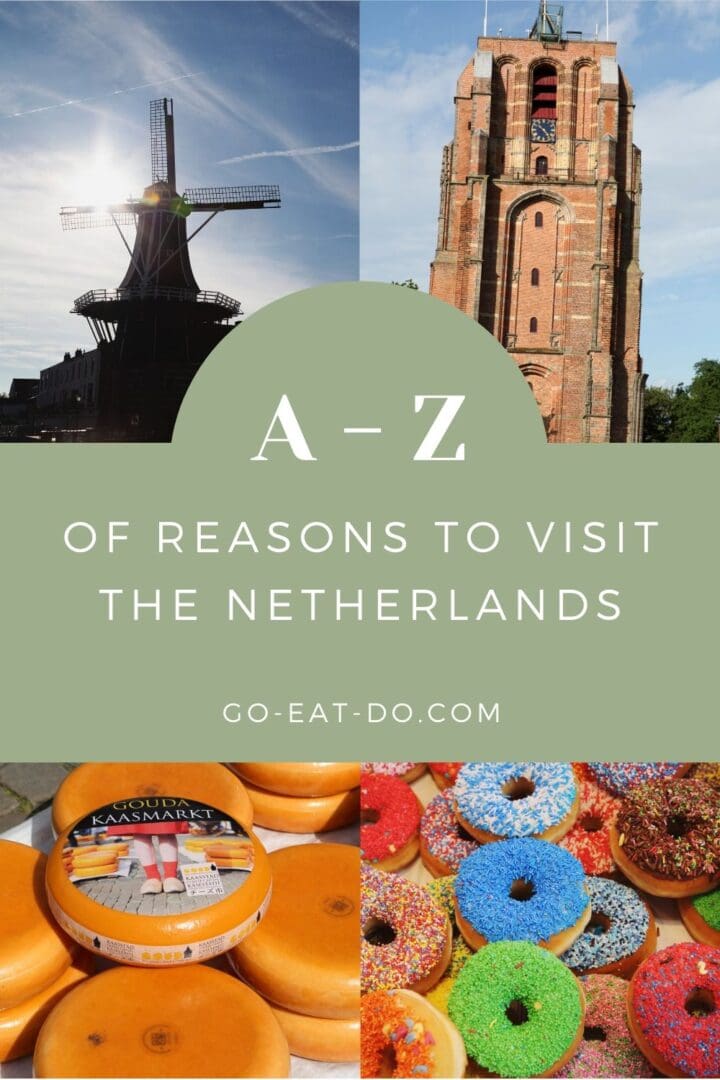



Anne
May 25, 2020 at 20:55I thought I knew the Netherlands pretty well but you’ve included some places on here that I haven’t heard of. Now I just need this global pandemic to be over so I can go and visit them. And eat poffertjes. That picture has made me really want some.
Go Eat Do
May 27, 2020 at 16:33It’s the stroopwafels that I can munch on when I head over there. Here’s hoping we can do that soon!